Journeying through the world, one might think that mythical places are merely the stuff of legends. However, reality often mirrors fantasy in the most breathtaking ways. In this list, we’ll explore 19 awe-inspiring locations that seem to leap right out of folklore and into reality. These places captivate not just the imagination but the soul, offering a glimpse into the magic that still lingers in our world today.
The Lost City of Petra
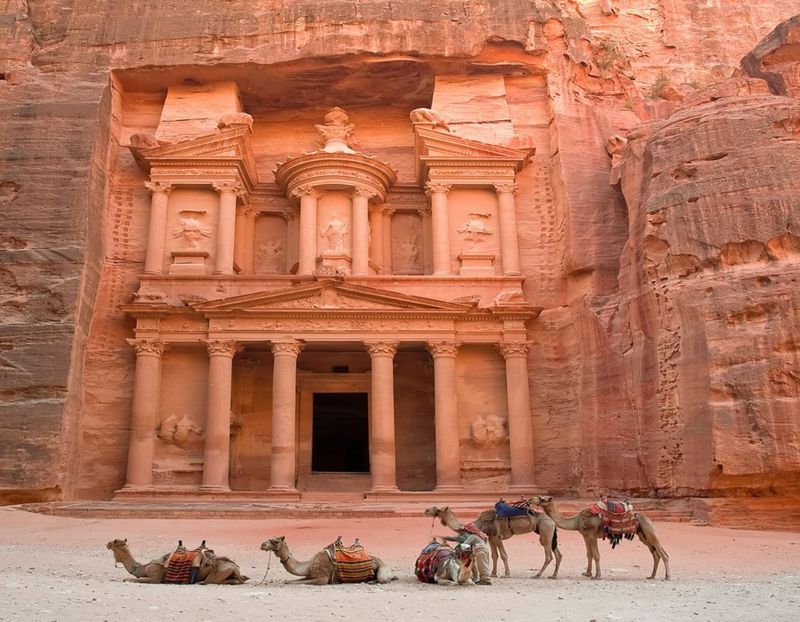
In the heart of Jordan’s desert lies the ancient city of Petra, an archaeological marvel. Known as the ‘Rose City’ due to its pink sandstone cliffs, Petra was once the thriving capital of the Nabataean kingdom. Walking through its Siq, a narrow gorge, an air of mystery surrounds visitors.
The Treasury, Al-Khazneh, emerges magnificently, portraying intricate Hellenistic architecture. Petra’s grandeur lies not just in its structures but also in its enigmatic past.
Did you know? This city was lost to the Western world for centuries until rediscovered by a Swiss explorer in 1812.
Machu Picchu
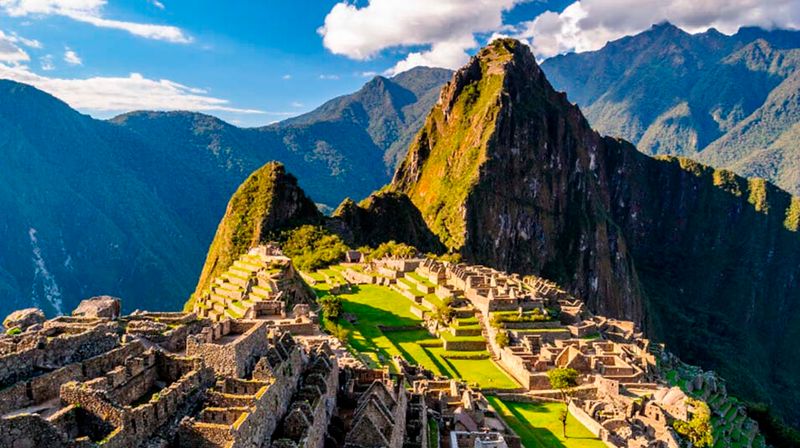
High in Peru’s Andes Mountains, Machu Picchu stands as a testament to the ingenuity of the Inca civilization. This UNESCO World Heritage site is often shrouded in mist, enhancing its mystical aura.
Constructed in the 15th century, Machu Picchu showcases the Inca’s architectural prowess. Its terraces, temples, and ceremonial baths are marvels of engineering.
A fun fact: Despite its fame, Machu Picchu was unknown to the Spanish conquistadors and remained hidden until 1911 when American historian Hiram Bingham brought it to international attention.
Stonehenge
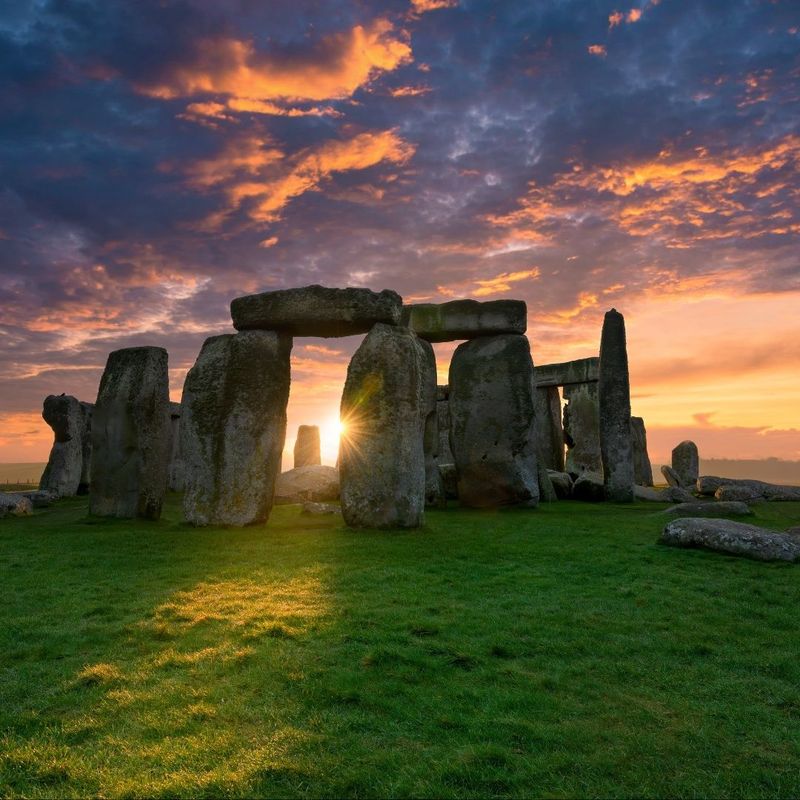
On the Salisbury Plain in England, Stonehenge’s towering stones form one of the world’s most enigmatic prehistoric sites. Built over 4,000 years ago, its purpose remains a mystery.
Some theories suggest it was an astronomical observatory, while others propose it was a sacred ceremonial site. The precision with which these stones were placed continues to baffle historians and archaeologists alike.
Interestingly, folklore often links Stonehenge to Merlin, the legendary wizard of King Arthur’s court, further enhancing its mythical status.
The Pyramids of Giza

The Pyramids of Giza, situated on the outskirts of Cairo, stand as a testament to ancient Egyptian civilization. Their sheer size and precision have intrigued historians for ages.
The Great Pyramid, built for Pharaoh Khufu, is a marvel of engineering and remains one of the Seven Wonders of the Ancient World. The pyramid’s alignment with the stars continues to fuel theories of its astronomical significance.
Fun fact: Despite being over 4,500 years old, the pyramids were the tallest man-made structures in the world for over 3,800 years.
Easter Island’s Moai Statues
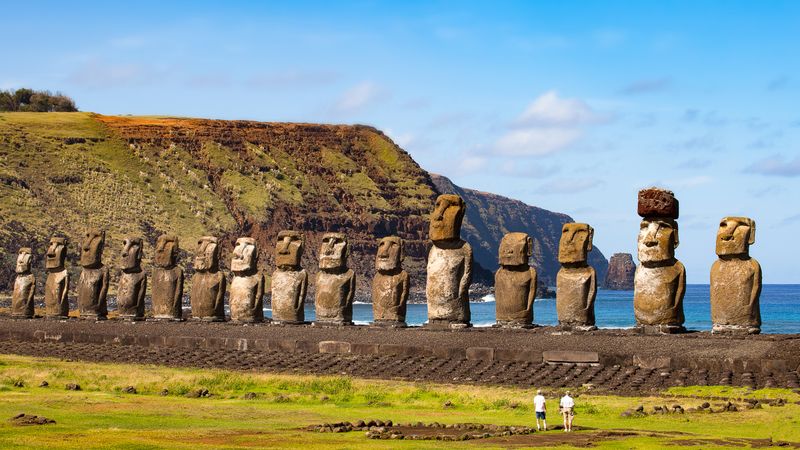
Easter Island, located in the southern Pacific Ocean, is famed for its massive moai statues. Carved by the Rapa Nui people, these statues are shrouded in mystery.
Standing silently, they seem to gaze out over the landscape, their purpose and means of transportation remaining unsolved. The island itself feels like a place lost in time.
Curiously, these statues were constructed between 1400 and 1650 CE, yet their creators’ reasons and methods remain a fascinating enigma.
Mount Olympus, Greece
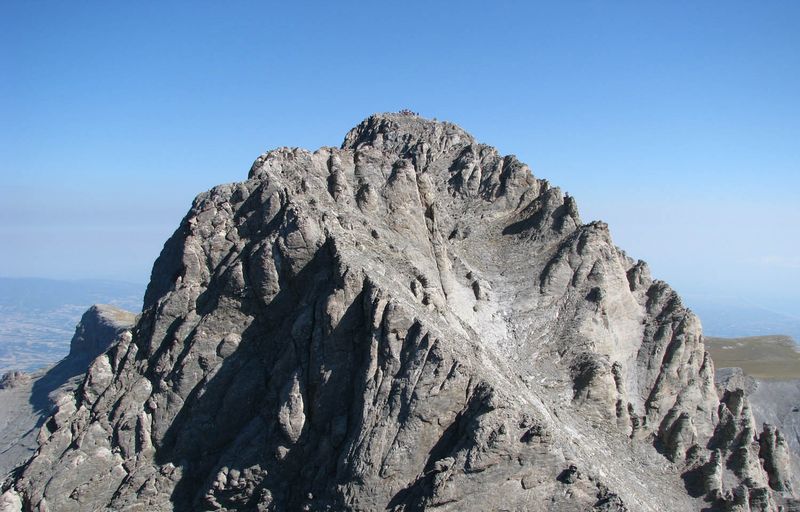
Can you hear the whispers of ancient gods? Mount Olympus, towering above the clouds in Greece, is not just a mountain; it’s a legendary throne. This mystical place is enveloped in tales of Zeus and Hera, where each peak echoes stories of divine dominion.
The rugged landscape offers more than just breathtaking views. Hiking trails meander through the dense forest, leading adventurers to a realm where mythology meets reality. The air is thick with the spirit of ancient legends.
Did you know? The highest peak, Mytikas, stands at 2,917 meters, making it a challenging yet rewarding climb for those who dare to reach the gods’ abode.
Atlantis
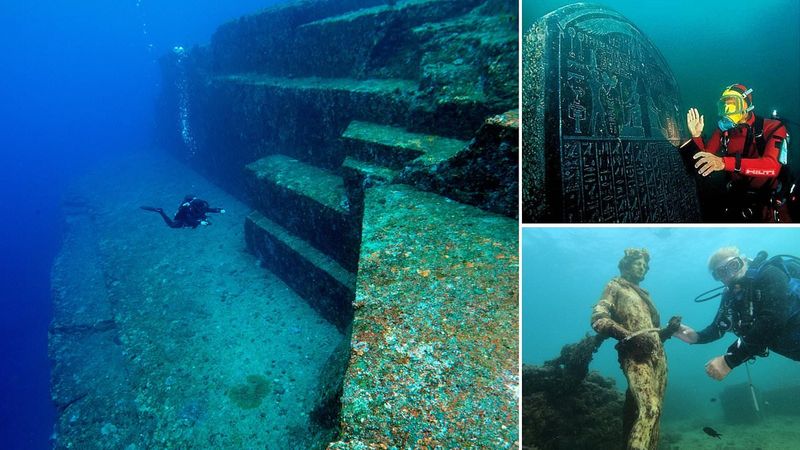
Atlantis, the legendary sunken city, has tantalized explorers for centuries. First mentioned by Plato, this mythical city was said to be a powerful civilization lost to the sea.
While no concrete evidence has been found, many theories suggest possible locations ranging from the Mediterranean to the Caribbean. Each expedition fuels the legend further.
Despite being considered a myth, Atlantis continues to inspire countless tales, films, and adventures, keeping the dream of discovering it alive.
Timbuktu
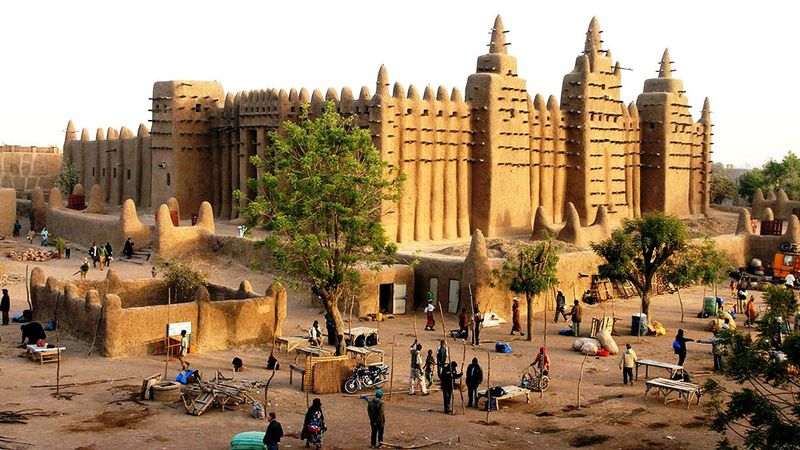
Timbuktu, once a thriving center of trade and learning, lies near the Niger River in modern-day Mali. It was legendary for its wealth and scholarship during the 14th to 16th centuries.
Known as a hub of Islamic culture, Timbuktu housed numerous universities and libraries. Today, it holds a mysterious allure, symbolizing the crossroads of the Sahara.
In recent history, efforts to preserve its ancient manuscripts have highlighted the city’s enduring cultural significance and historical richness.
Giants Causeway, Northern Ireland
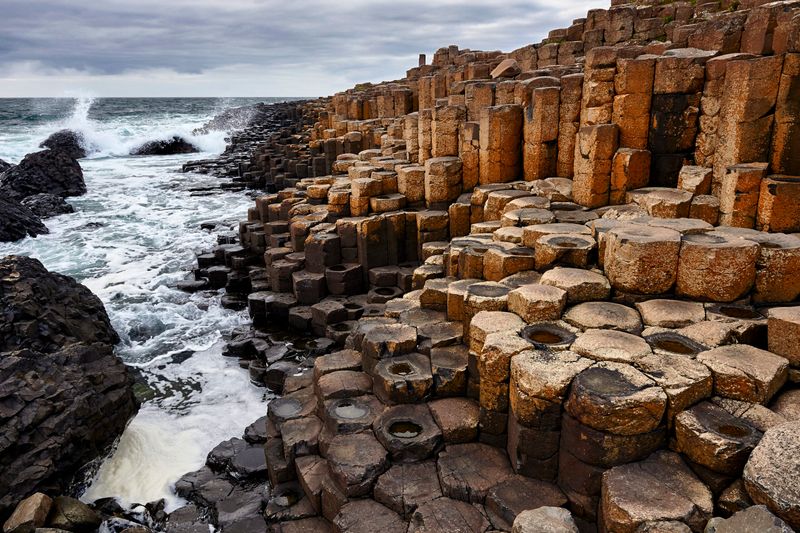
In the land of giants, where myths walk the earth, lies the Giants Causeway. This natural wonder, with its unique basalt columns, is steeped in the legend of Finn McCool. Was it truly built by giants, or is it a marvel of nature?
Visitors are drawn to the rugged coastline, where each step on the stones feels like walking on a giant’s path. The dramatic scenery is a photographer’s dream, with mythical stories etched into the landscape.
The hexagonal columns are a testament to the earth’s volcanic past, creating a mosaic of mystery and awe. Could the giants have left their mark here?
Shangri-La
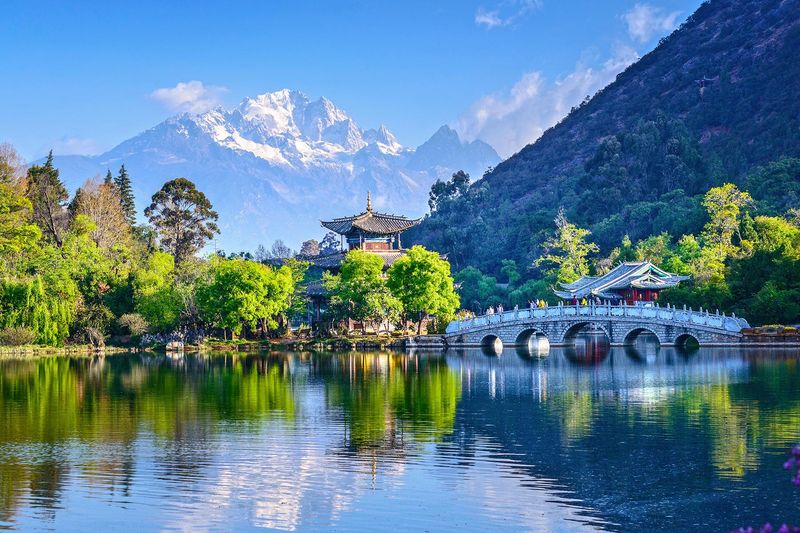
Shangri-La, coined by author James Hilton, describes an earthly paradise hidden in the Himalayas. Over time, it has become synonymous with utopian ideals and mystical tranquility.
The concept of Shangri-La draws from ancient Tibetan and Buddhist myths, depicting a harmonious valley isolated from the outside world.
Explorers and dreamers alike have searched for this idyllic place, seeing it as a metaphor for peace and enlightenment in a chaotic world.
The Nazca Lines
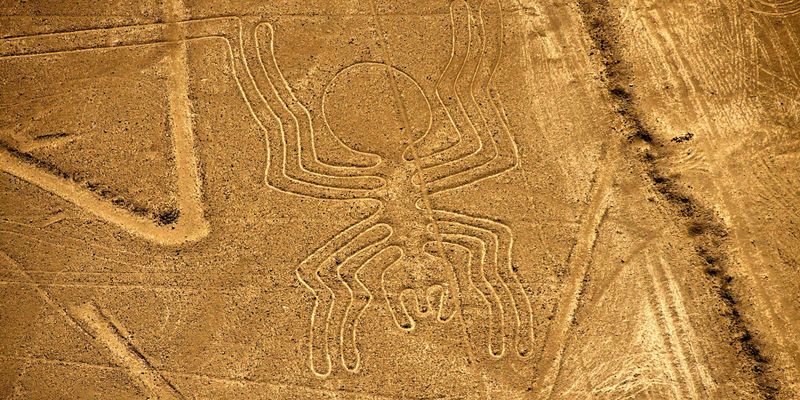
Etched into Peru’s arid plains, the Nazca Lines are a series of massive geoglyphs depicting animals, plants, and geometric designs.
Believed to have been created by the Nazca culture between 500 BCE and 500 CE, their purpose remains a mystery. Theories range from astronomical calendars to ritual walkways.
A UNESCO World Heritage site, these lines continue to intrigue researchers and visitors, embodying the enigmatic artistry of ancient civilizations.
The Holy Grail

The Holy Grail, a revered relic in Christian mythology, is said to be the cup used by Jesus at the Last Supper.
Legends abound about its miraculous powers and the quests of knights to find it. The Grail has inspired countless stories, symbolizing divine grace and eternal life.
Though its existence is debated, the allure of the Grail continues to captivate, representing the ultimate quest for spiritual fulfillment.
The Fountain of Youth
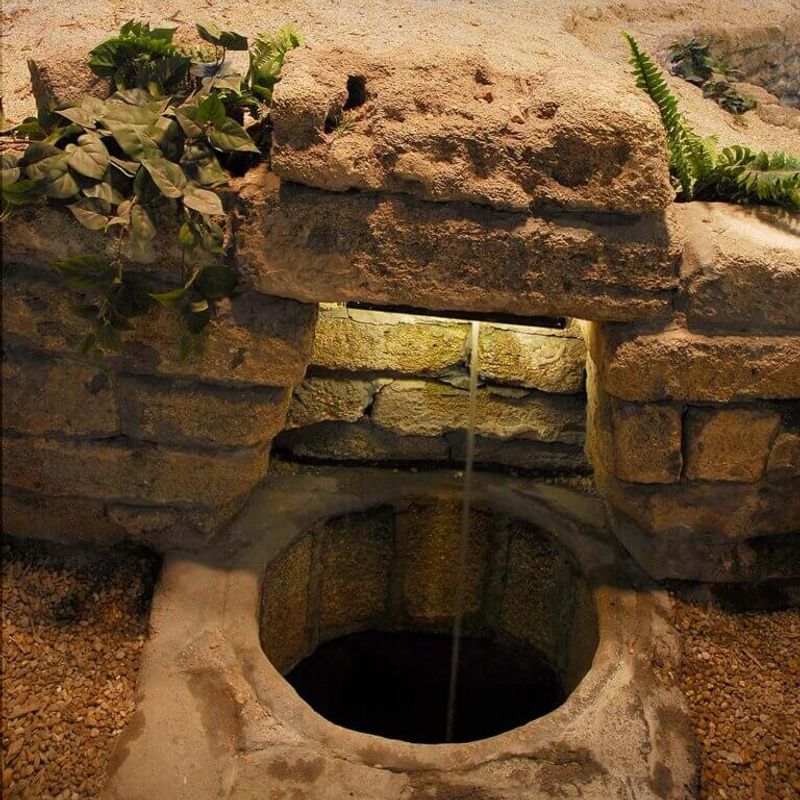
The Fountain of Youth, a legendary spring that grants eternal youth, has been a captivating tale for explorers throughout history.
Most famously sought by Spanish explorer Juan Ponce de León in the 16th century, the fountain’s location remains undiscovered.
This mythical source of rejuvenation symbolizes humanity’s perpetual quest to defy the passage of time and attain immortality.
Camelot
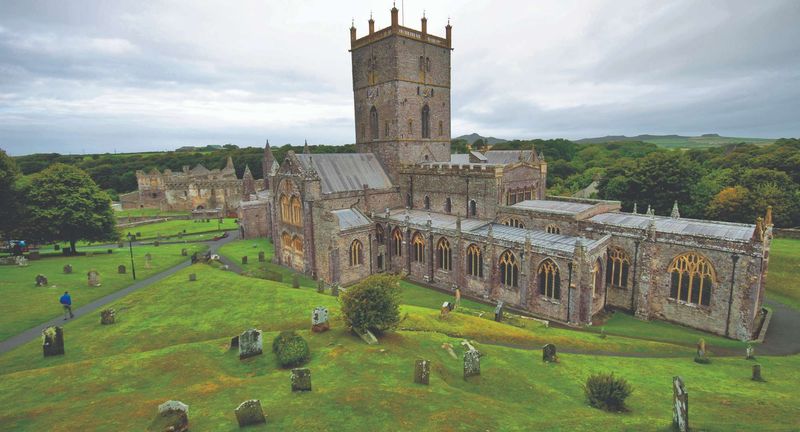
Camelot, the legendary court of King Arthur, symbolizes chivalry and noble ideals. This mythical realm is depicted as a utopia where justice and valor reign supreme.
The tales of Camelot and the Knights of the Round Table have been passed down through generations, embodying the pursuit of honor and righteousness.
Though its historical existence is uncertain, Camelot remains a powerful symbol in literature and culture, representing the ideal kingdom.
Lake Titicaca, Peru and Bolivia
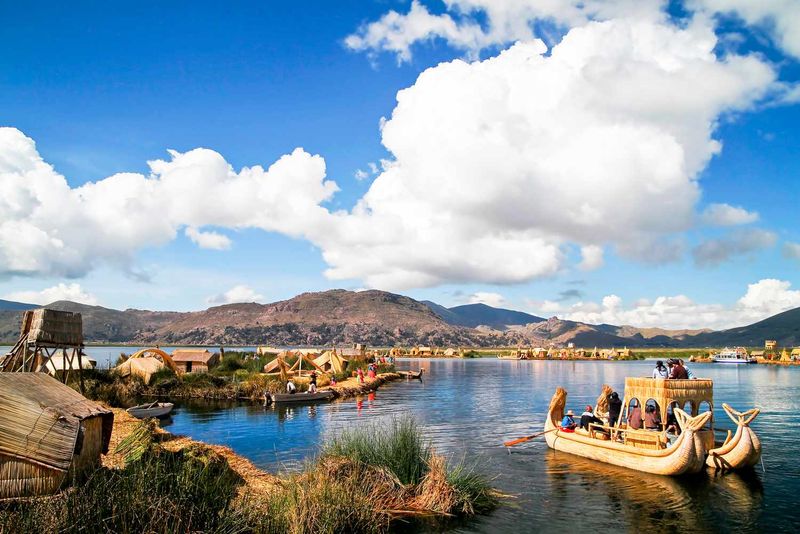
High in the Andes, where the sky meets the water, lies Lake Titicaca. This sacred lake is the cradle of Inca civilization, a shimmering expanse steeped in legend.
Floating islands crafted by the Uros people add to the lake’s mythical allure. Here, ancient traditions dance upon the waters, and every wave whispers stories of the past.
At 3,812 meters above sea level, it’s the world’s highest navigable lake, creating a serene yet surreal landscape that captivates all who visit.
Avalon
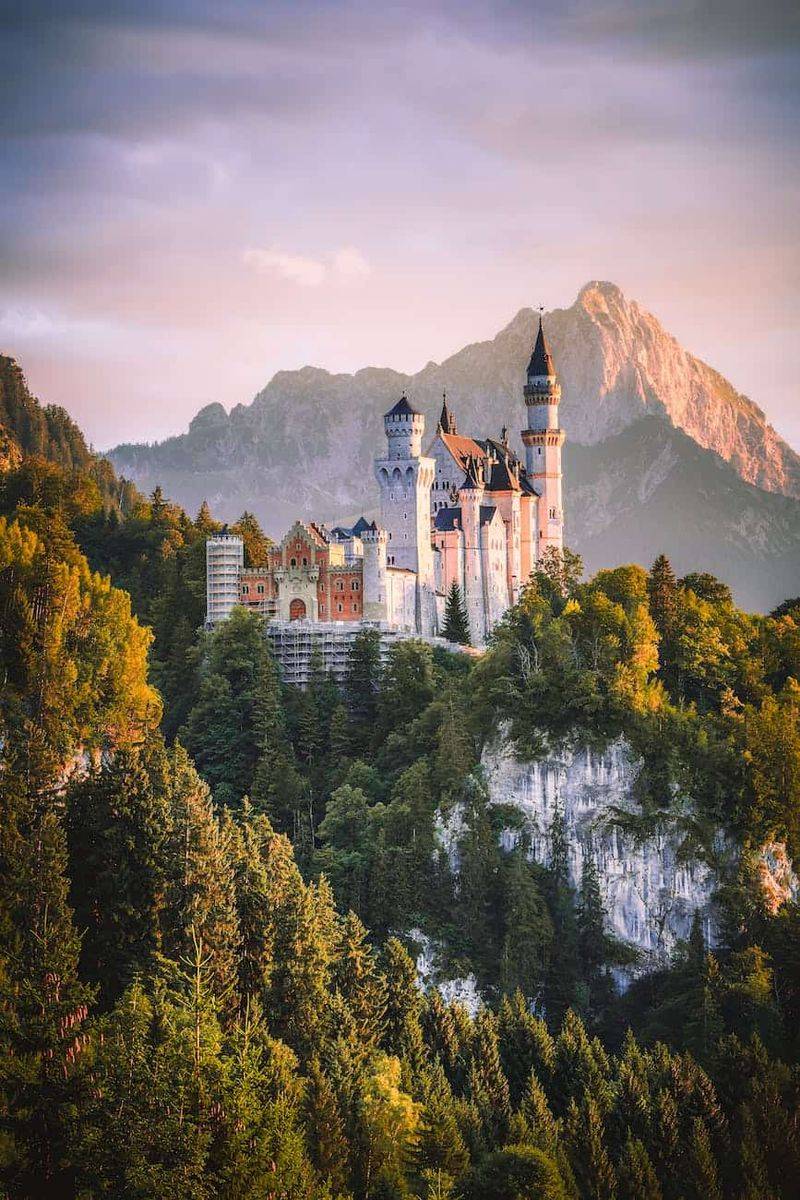
Avalon, a legendary island from Arthurian legend, is believed to be the resting place of King Arthur.
Described as a utopian realm where crops grow abundantly year-round, Avalon is shrouded in mystery and enchantment.
Often associated with healing and rebirth, this mythical isle continues to inspire tales of magic and wonder, serving as a symbol of paradise lost.
Mount Roraima, Venezuela
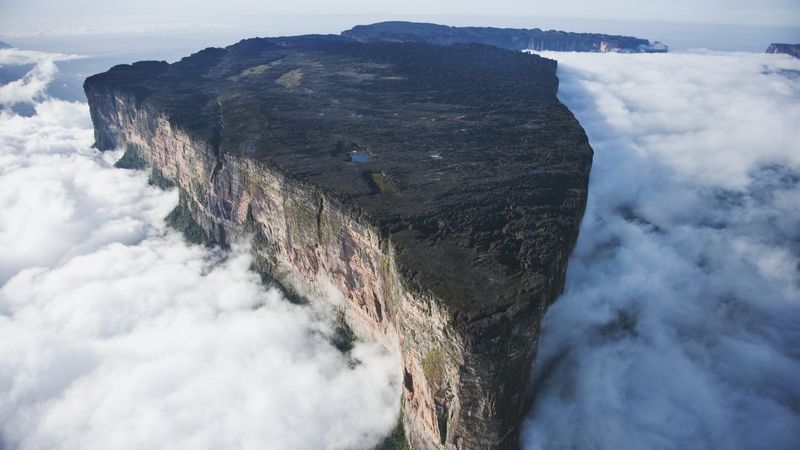
A table-top mountain that defies imagination, Mount Roraima stands as a gateway to another world. Its flat summit, often cloaked in mist, has inspired tales of lost worlds and prehistoric creatures.
The unique ecosystem atop Roraima is home to rare flora and fauna, some found nowhere else on earth. Explorers are captivated by the surreal landscape, where waterfalls cascade into the abyss below.
With its sheer cliffs and mysterious atmosphere, Mount Roraima is a place where myths come alive, challenging our understanding of nature’s wonders.
The Temple of Artemis
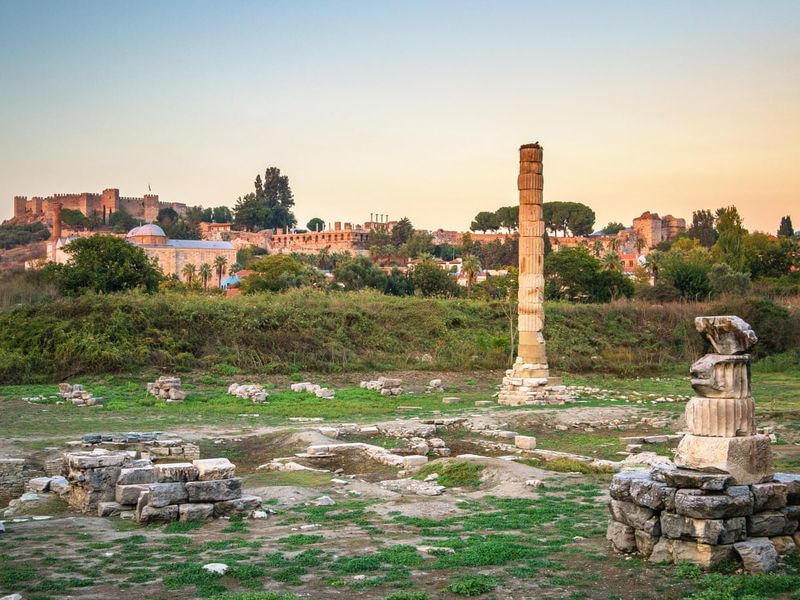
The Temple of Artemis, located in Ephesus, was one of the Seven Wonders of the Ancient World.
Dedicated to the goddess Artemis, it was renowned for its grandeur and artistic splendor. Although it now lies in ruins, its historical significance endures.
This temple represents the artistry and devotion of ancient Greek civilization, continuing to inspire admiration and fascination.
Ayers Rock (Uluru), Australia
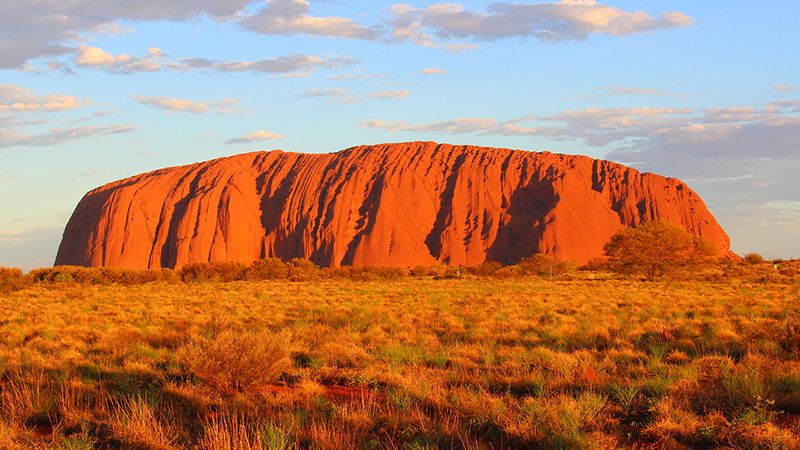
A towering red monolith rising from the heart of Australia, Ayers Rock, or Uluru, is more than just a natural wonder. It’s a sacred site, rich with Indigenous stories and spiritual significance.
At sunrise and sunset, the rock’s vibrant colors come alive, creating a mesmerizing spectacle. Each shift in hue tells a new story of the land’s ancient past.
Visitors are drawn to its immense presence, where the spirit of the land resonates through every crevice. Uluru stands as a testament to the enduring connection between people and nature.



